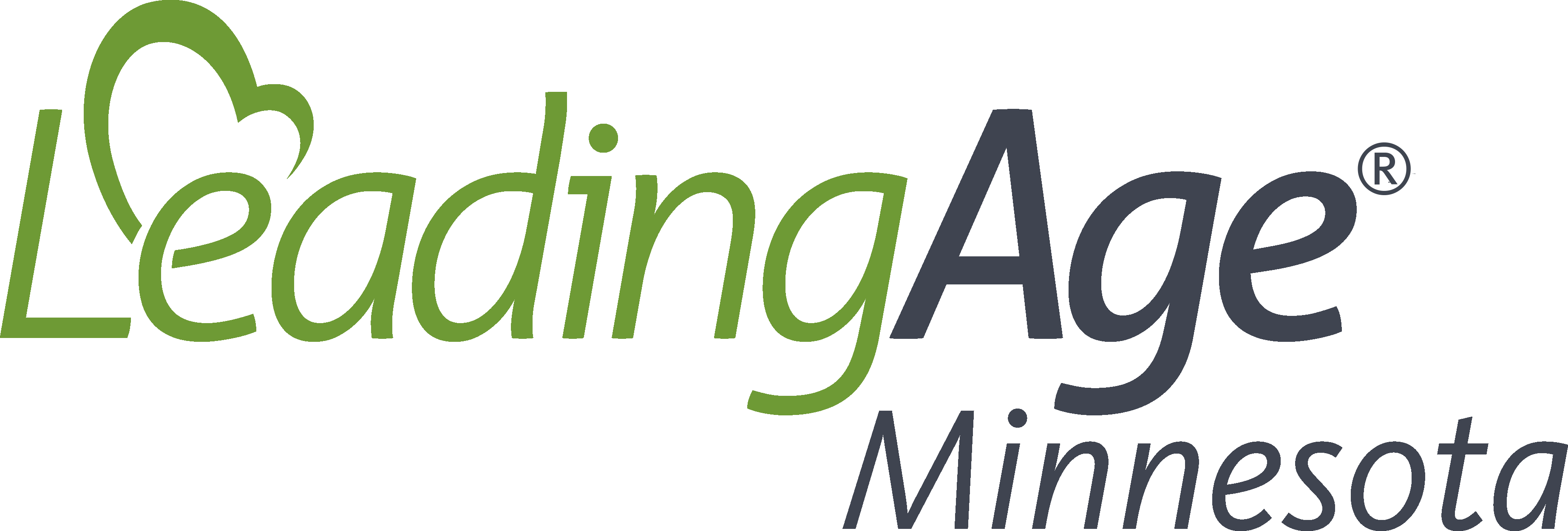Clarification on Return to Work by Healthcare Personnel Exposed to COVID-19
Posted on November 4, 2020 by Jonathan Lips
We received a question recently asking if a healthcare worker who experiences a high risk exposure to COVID-19, but who is asymptomatic and has not tested positive for the virus, may return to work prior to the end of his or her 14-day quarantine – if staffing needs are acute. The answer is yes, but only if certain conditions are met.
The MN Department of Health (MDH) addresses options for quarantined healthcare workers (HCW) at Clarification of Staffing Options for Congregate Care Facilities Experiencing Staff Shortages, noting as follows:
If a facility is experiencing an acute staffing shortage, HCW who do not have symptoms but have experienced a high-risk exposure and have not tested positive for COVID-19 can be asked to return to work during the HCW 14-day quarantine period, taking the following tiered approach.
(1) HCW should take on a non-direct patient care role when feasible (e.g., telemedicine, phone triage).
(2) If it remains necessary after considering other options for the HCW to provide direct patient care during this 14-day period, they should:
- Avoid seeing high-risk patients (e.g., elderly and immunocompromised people and those with co-morbidities).
- Practice diligent hand hygiene and wear a surgical face mask at all times.
- Monitor themselves closely for any new symptoms associated with COVID-19 (e.g., measured or subjective fever, cough, shortness of breath, chills, headache, muscle pain, sore throat, or loss of taste or smell), and measure their temperature daily before going to work.
- Remain at home and notify their supervisor if they develop respiratory symptoms OR have a measured body temperature of ≥100°F.
- If at work when fever or respiratory symptoms develop, the HCW should immediately notify their supervisor and go home.
- Notify their supervisor of other symptoms (e.g., fever <100°F, nausea, vomiting, diarrhea, abdominal pain, runny nose, fatigue), as medical evaluation might be recommended.
MDH’s COVID-19 Recommendations for Health Care Workers adds that high-risk employees can choose not to return, with worker protections under MN statutes section 144.4196.
We talked with MDH this week, and they shared a few additional things relating to this issue:
- This option may be considered only as a last resort when a staffing crisis persists even after all other normal means of filling shifts (e.g., bonuses, leadership assisting with direct resident care, 12-hour shifts vs. 8-hour shifts, hazard pay, etc.) have been attempted. See the Staffing Progression discussion at Clarification of Staffing Options for Congregate Care Facilities Experiencing Staff Shortages.
- If it is necessary to use the exposed HCW in a direct patient care role, assign the HCW to work with lower-risk residents or clients, if possible. It may be more feasible to make that distinction in a home care/assisted living setting than a nursing home.
- MDH has consistently seen that household/social exposures are more likely to lead to a positive test when evaluating our high-risk HCW exposures than exposures to patients or residents. If a facility has the option, it may be able to weigh the type of exposure the HCW has experienced when asking asymptomatic staff to return. MDH could consult on this issue with providers.
- Because a HCW in this scenario has experienced a high risk exposure, MDH recommends that the worker be tested with a PCR test within 5-7 days after the exposure occurred, if possible.
- If the HCW later becomes COVID-19 positive, MDH’s contact tracing and evaluation of possible exposure by that worker to others will extend as far as the facts lead. For example, if the HCW served an entire unit, the entire unit may be treated as exposed.
MDH also confirmed that facilities do not need approval from the State Emergency Operations Center (SEOC) to call back staff who do not have symptoms but have experienced a high-risk exposure and have not tested positive for COVID-19. Again, MDH staff are available for consultation if a provider is making a risk assessment about this staffing option, but formal approval is not required.
In contrast, an employer does need formal SEOC approval before asking back a healthcare worker who does not have symptoms but has tested positive for COVID-19. Guidance for this approval process is found at Clarification of Staffing Options for Congregate Care Facilities Experiencing Staff Shortages and Defining Crisis Staffing Shortage in Congregate Care Facilities: COVID-19.
Bottom line: Asking back a healthcare worker who experiences a high risk exposure to COVID-19, but who is asymptomatic and has not tested positive for the virus, is an option that employers may consider when other options have been exhausted and staffing needs are acute. However, providers should follow the State’s guidance, carefully evaluate the risks involved, and carefully document the decision-making process followed when going this route.
Comments
Add a comment
Members must sign in to comment
You must be a member to comment on this article. If you are already a member, please log in. Not a member? Learn how to join »

No one has commented on this article yet. Please post a comment below.